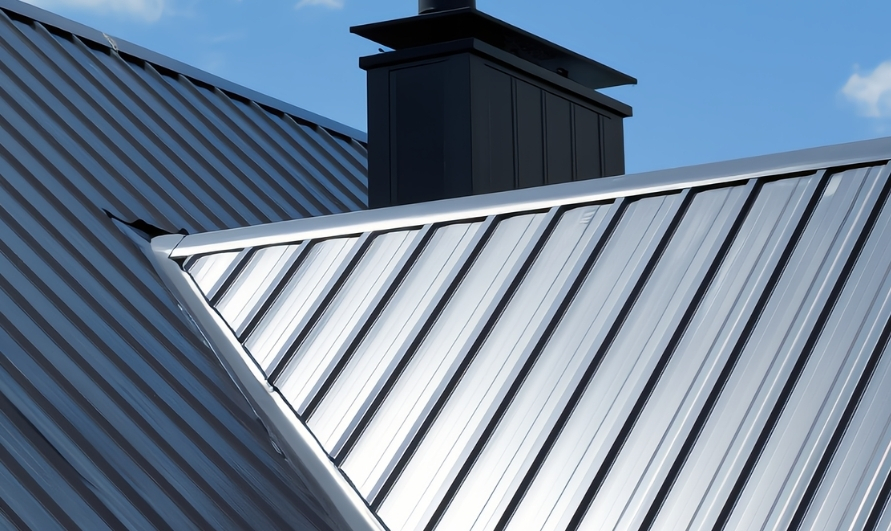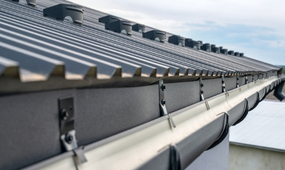
Step-by-Step Guide to a Durable and Aesthetic Roofing System
Standing seam roofing systems stand out in modern architecture for their aesthetic appeal and high durability. Widely preferred in industrial buildings, residential projects, and commercial structures, this system is installed by interlocking metal panels without screws or drilling. So, how is a standing seam roof installed? Below, we break down the installation process step by step.
1. Preparing the Substructure
Before starting the standing seam roof installation, the supporting framework must be solid and even. Typically, waterproofing and vapor barrier layers are applied over reinforced concrete or steel constructions to prepare the base properly.
2. Application of Supporting Layers
-
Wood Sheathing or OSB Boards: Used under metal standing seam panels to provide a smooth surface.
-
Waterproofing: Membranes or bituminous coverings are laid down to prevent moisture and water penetration.
-
Thermal Insulation (optional): Materials such as rock wool, XPS, or EPS boards can be applied to enhance energy efficiency and indoor comfort.
3. Preparation of Metal Standing Seam Panels
Standing seam panels are typically made from durable materials like galvanized steel, aluminum, or titanium zinc. Panels are custom-formed on-site using special machines (seaming machines) based on precise measurements.
4. Panel Installation
Panels are placed starting from the lower edge of the roof, aligned with the roof slope.
They are locked together using special seaming machines. No screws or drilling is involved, ensuring both waterproofing and aesthetic integrity.
Seams are usually closed using either single or double standing seam systems, with the double seam offering higher waterproofing performance.
5. Application of Detail Components
Chimneys, gutters, ridges, and eaves are carefully finished.
Special transition pieces and coverings are used to maintain aesthetic continuity.
6. Inspection and Maintenance
After installation, all joints and connections are inspected.
Standing seam roofs require minimal maintenance, but periodic cleaning and inspections are important for longevity.
Conclusion
Standing seam roofing systems offer a long-lasting, aesthetic, and durable roofing solution. When properly installed, they can perform reliably for up to 50 years. If you’re looking for a modern, watertight, and stylish roofing option, standing seam roofs might be the perfect choice for you.

